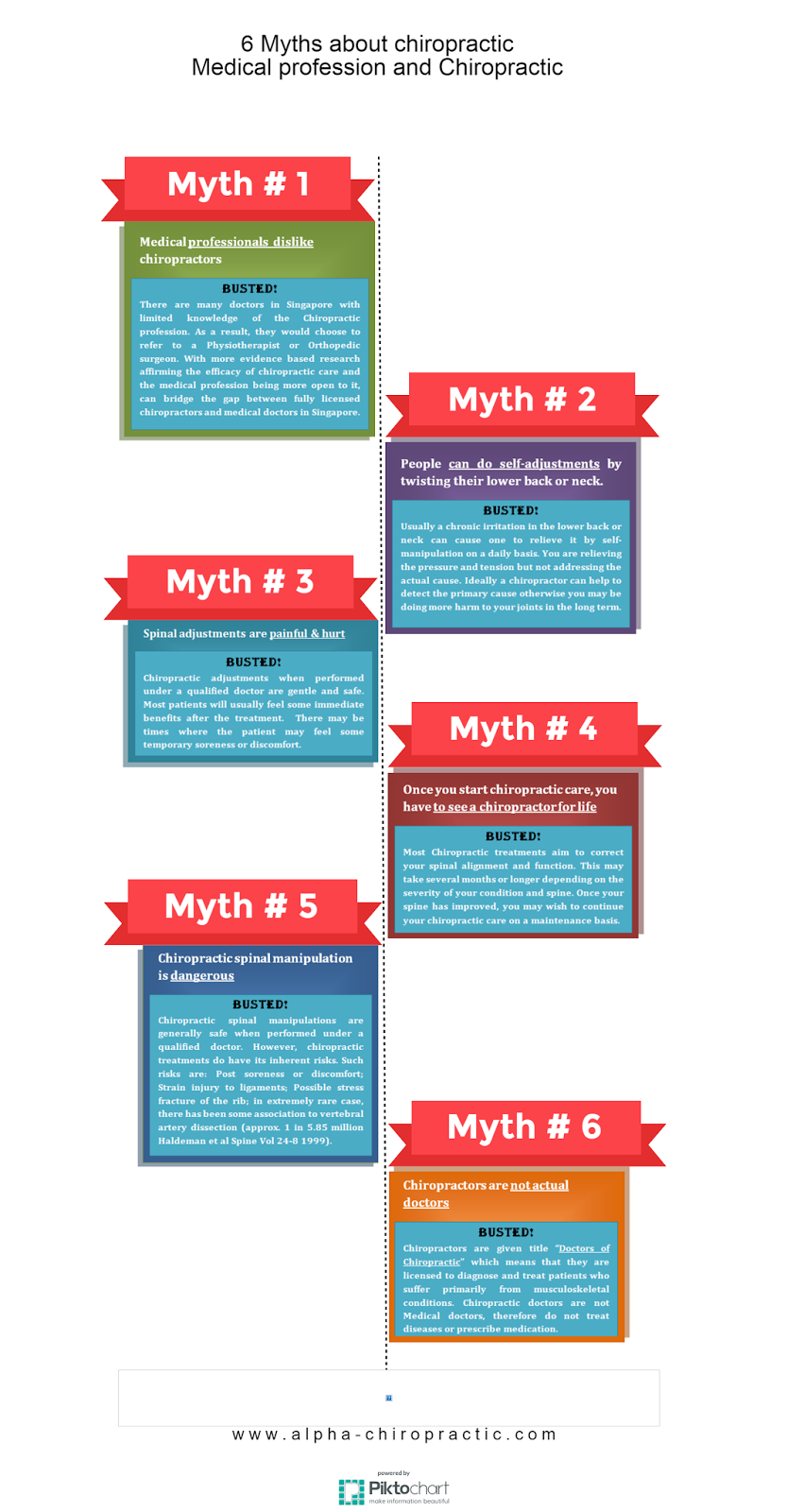The Impact Of Position On Pain In The Back: Techniques For Maintaining Proper Positioning Throughout Daily Activities
The Impact Of Position On Pain In The Back: Techniques For Maintaining Proper Positioning Throughout Daily Activities
Blog Article
Composed By-House Patton
Keeping appropriate posture isn't nearly sitting up right; it's about straightening your body in such a way that sustains your spine and minimizes the risk of pain in the back. The means you sit, stand, and relocate throughout the day can dramatically affect your spinal health and wellness. However just how precisely can you ensure great placement constantly, also during active days loaded with different tasks? Allow's dive deeper into the subtle yet impactful modifications you can make to your daily routine to keep your back pleased and healthy and balanced.
Importance of Proper Pose
Correct position is important in preserving a healthy and balanced back and avoiding pain. When you rest or stand with great posture, your spine is in positioning, decreasing pressure on your muscular tissues, tendons, and joints. This positioning enables the body to disperse weight evenly, protecting against excessive stress and anxiety on particular locations that can cause discomfort and discomfort. By keeping your back correctly straightened, you can additionally boost your breathing and food digestion, as slouching can compress body organs and limit their functionality.
Additionally, maintaining excellent pose can improve your total look and positive self-image. When you stand tall with your shoulders back and head held high, you exhibit self-confidence and appear even more friendly. Excellent pose can also make you feel more stimulated and alert, as it advertises correct blood circulation and enables your muscle mass to work successfully.
Incorporating proper position right into your daily routine, whether resting at a workdesk, strolling, or working out, is vital for stopping pain in the back and promoting total health. dr shram in mind, a little adjustment in just how you hold yourself can make a considerable distinction in how you feel and function throughout the day.
Common Postural Mistakes
When it concerns maintaining great position, lots of people unwittingly make usual mistakes that can contribute to pain in the back and pain. One of one of the most widespread mistakes is slouching or hunching over while sitting or standing. This position places too much pressure on the spine and can result in muscular tissue discrepancies and pain in the future.
https://chiropractorsdoctorsnearm06273.blogproducer.com/37855114/modification-your-stationary-way-of-life-into-a-vibrant-experience-with-chiropractic-care-find-the-solution-to-opening-a-healthier-extra-robust-you is overarching the lower back, which can flatten the all-natural contour of the back and create discomfort. Furthermore, going across legs while sitting may really feel comfortable, however it can create an inequality in the hips and pelvis, causing postural concerns.
Making use of a pillow that's too soft or as well firm while sleeping can additionally influence your placement and contribute to back pain. Last but not least, frequently craning your neck to consider displays or adjusting your placement regularly can strain the neck and shoulders. Bearing in https://lower-back-adjustment94061.blogacep.com/36391801/translating-the-science-of-chiropractic-checking-out-the-effects-of-changes-on-the-nerves can assist you keep much better alignment and lower the risk of pain in the back.
Tips for Correcting Alignment
To boost your placement and minimize pain in the back, it's essential to concentrate on making small adjustments throughout your daily regimen. Start by being mindful of your pose. When sitting, guarantee your feet are flat on the flooring, your back is straight, and your shoulders are loosened up. Avoid slouching or leaning to one side. Use ergonomic chairs or paddings to sustain your reduced back.
When standing, distribute your weight evenly on both feet, maintain your knees somewhat bent, and tuck in your pelvis. Involve your core muscular tissues to sustain your spinal column. Take breaks to stretch and walk around if you have a less active task. Integrate exercises that enhance your core and back muscles, such as planks or bridges.
While resting, utilize a pillow that sustains the natural contour of your neck to preserve correct back positioning. Avoid sleeping on your stomach, as it can strain your neck and back. By being mindful of these suggestions and making small adjustments, you can progressively remedy your alignment and ease pain in the back.
read full article
Keep in mind, preserving good pose is essential to stop pain in the back and advertising spinal health and wellness. By being mindful of your placement, distributing weight uniformly, and engaging your core muscular tissues, you can minimize strain on your back and decrease the threat of pain and injury. Incorporate ergonomic support, take normal breaks to extend, and reinforce your core and back muscle mass to maintain proper placement throughout the day. Your back will thanks for it!
